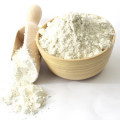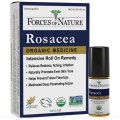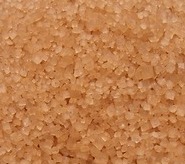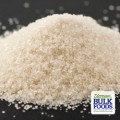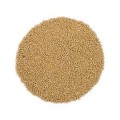 Loading... Please wait...
Loading... Please wait...- Home
- About Us
- Shipping, Returns & FAQ's
- Contact Us
-
For Your Information
- Canadian Customers Have a Choice if Shipping Via UPS
- Aura Cacia Homemade Aromatherapy Recipes
- Bella Nella Altered Art & Paper Crafts Blog
- Forms of Herbal Preparations
- Laundry Tips To Conserve Energy Blog from The Laundress
- The Story of Frontier Natural Products Co-Op
- Sovereign Silver Hydrosol and Aloe Protocol Stops Downward Spiral of Gut Dysbiosis
- Disclaimers
- Recommended Links
- RSS/Recent News
- The Story of Typhoon Housewares
- Reviews/Testimonials
- Raw Ingredients for Mfg
- Home
- Grocery
- Sweeteners/Honey
- Demerara Raw Cane Sugar Bulk
Demerara Raw Cane Sugar Bulk
Product Description
![]() Its large golden crystals and crunchy texture make it delicious in beverages, sauces and toppings
Its large golden crystals and crunchy texture make it delicious in beverages, sauces and toppings
Demerara raw sugar has its origins in Guyana (a colony formerly called Demerara). Because of the rising popularity of Demerara over the years (with the European market being the early adopters, and the U.S. market slowly following behind) this particular type of sugar is now produced in Malawi and Mauritius among others.
Demerara is a light brown sugar produced from the first crystallization during processing cane juice into sugar crystals (this process is similar to what happens with naturally evaporated cane juice). Unlike brown sugar, which has the added molasses flavor, Demerara has a natural caramel-like flavor that hasn’t been refined out. This lends warm caramel notes to whatever you add the sugar. Also, Demerara sugar is also referred to as Turbinado sugar in many markets, which has more to do with how the sugar is processed in turbines, than where it originates.
Some claim that Demerara (as well as Turbinado) sugar holds more nutritional value, with an elevated mineral content that hadn’t been lost to the refining process (it is important to note that sugar, in any form, is not a health food. But to be sure, Demerara sugar is actually far more delicious than your run of the mill white sugar, and lends complexity and depth to recipes, baked goods, and even tea. Its crunchy, large crystals are a nice addition (added sparingly) to the tops of muffins, cakes, and even cookie.
You Recently Viewed...
Currency Converter
Choose a currency below to display product prices in the selected currency.




